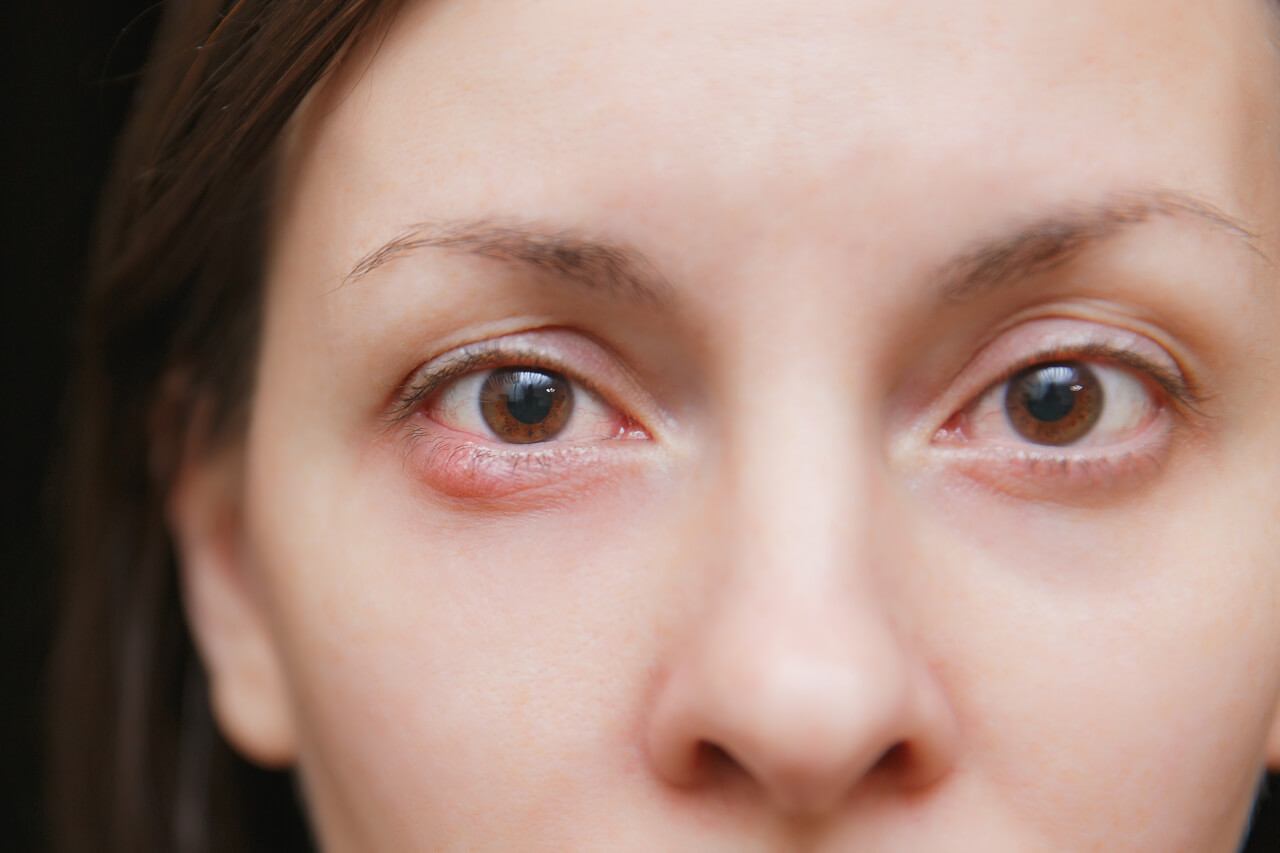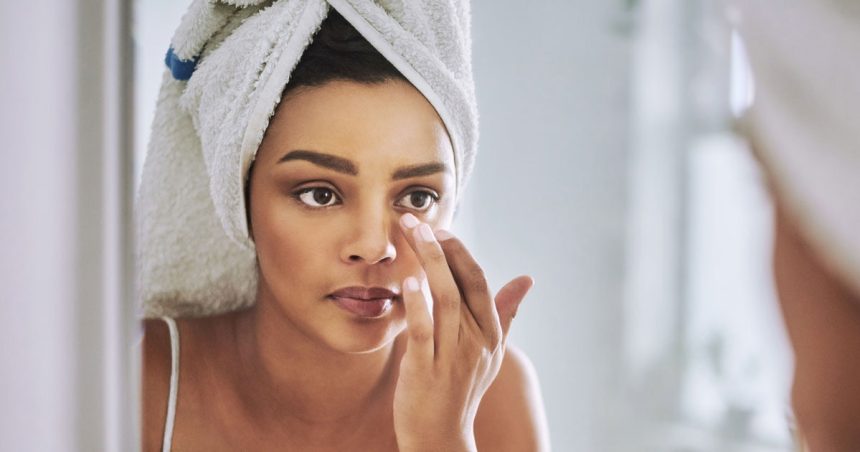It’s crucial to understand that certain skin conditions, such as rosacea, can heighten the likelihood of developing eye styes, potentially progressing into ocular rosacea. “Rosacea is a systemic skin condition that can impact the periorbital area, leading to inflammation in the oil-secreting glands,” elucidates Dr. Hilal-Campo. “When individuals with rosacea experience inflammation in these eye glands, blockages occur, paving the way for stye formation.” These glands play a pivotal role in averting dry eyes; thus, their obstruction triggers redness, itchiness, and irritation, fostering an environment conducive to stye formation on the eyelids.
Conversely, recurrent severe eye styes in the absence of underlying health conditions may signify blepharitis, a chronic eye ailment. “Blepharitis stems from inflammation in the oil glands of the eyelids,” clarifies Dr. Hilal-Campo. This condition manifests as swelling, itching, or burning sensations in the eye, accompanied by dandruff-like flakes or crusts on the eyelashes. Diagnosis of blepharitis is typically conducted by an ophthalmologist, who may prescribe oral or topical antibiotics to manage the condition.
How to Treat Eye Styes
While the presence of a painful pimple on the eye can be unsettling, treating an eye stye can often be effectively managed at home. The initial step involves refraining from rubbing or touching the affected area, as this can exacerbate the condition. It’s essential to avoid attempting to pop the stye, as doing so may introduce infection.
Instead, Dr. Hilal-Campo recommends applying a warm compress to the eye for 15-minute intervals, up to five times a day. This practice facilitates healing and drainage of the stye. Consistent application of the warm compress can also help alleviate any associated discomfort or pain. If the stye shows no signs of improvement after a few days, Dr. Hilal-Campo suggests scheduling an appointment with an eye doctor. They can assess the situation and devise an appropriate treatment plan, which may involve prescription topical or oral antibiotics.

Should You Wear Makeup with a Stye?
According to Dr. Hilal-Campo, the answer is a resounding no. It’s best to refrain from wearing or applying makeup to the eye area while a stye is present if you want to expedite your eye stye treatment. Here’s the rationale: Certain eye makeup products, such as mascara, involve repeated dipping of the wand into the product. If used during a stye episode, this repetitive action can introduce bacteria into the product. These bacteria may persist on the wand even after the stye has healed, leading to potential cross-contamination and a higher risk of stye recurrence as the bacteria are reintroduced to the eye.
This risk of cross-contamination extends to the use of eyeshadow brushes and palettes during a stye episode. Apart from the bacterial hazard, applying cosmetics with brushes can exacerbate stye irritation due to constant friction. Moreover, product residues may become trapped on the stye or eyelid, further complicating the condition.
Best Practices for Preventing Styes
To prevent the occurrence of eye styes, especially for those who frequently wear makeup, adopting proactive measures is key. Dr. Hilal-Campo advises implementing regular disposal of eye makeup every three months, or more frequently (every month) for items like mascara. This practice helps mitigate the risk of using expired makeup, which can contain spoiled ingredients that may irritate the eyes. If makeup has been stored for an extended period, it’s advisable to discard it to avoid potential eye irritation.
Thoroughly cleansing the face, eyelids, and lashes after wearing makeup is essential, particularly when using products like eyeliner and eyeshadow. Dr. Hilal-Campo recommends a double cleansing method, starting with a makeup remover or micellar water followed by a gentle face wash to ensure effective removal of makeup residue.
While lash extensions can enhance the eyes’ appearance, maintaining cleanliness is crucial to prevent bacterial growth. Dirty extensions may harbor bacteria, increasing the risk of infection at the eyelid base. Regular cleaning and upkeep of lash extensions can mitigate this risk.
Practicing good hand hygiene by washing hands before touching or rubbing the eyes and face is essential. This precaution helps prevent the transfer of dirt, germs, and bacteria from hands to eyes, reducing the likelihood of irritation that could lead to stye formation.
Although eye styes are generally not a major cause for concern and typically resolve within a few days to a couple of weeks, consulting an ophthalmologist is recommended for personalized guidance on the best treatment plan. Ensuring adherence to safe and hygienic eye makeup practices is crucial for maintaining eye health.











